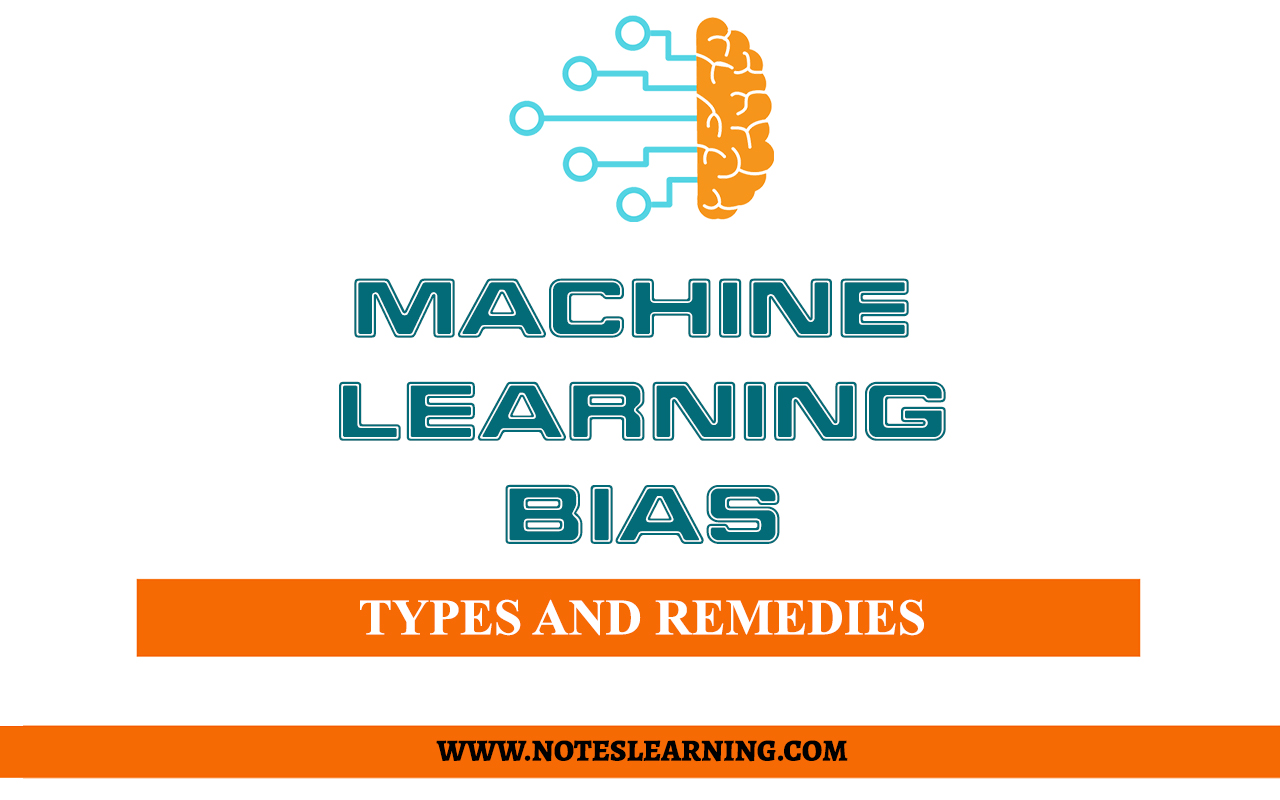Machine Learning
Machine learning is a very contemporary concept. The market of machine learning was valued at $ 15.44 billion in 2021 and has a CAGR of 38.8%. Currently, around 48% of the business are using Machine Learning or similar types of innovative technologies in different functions of business. Hence, understanding the basic concept of Machine learning has become very essential. In a similar way, understanding the different aspects of machine learning (artificial intelligence) is important. This article focuses on Machine Learning Bias (AI bias).
Machine learning (ML) is an application of artificial intelligence where machines perform complex tasks in a similar way to how humans behave. In ML, machines learn to imitate intelligent human behavior. Machine learning (ML) projects require training data that are a representation of the actual world. Based on these data, the ML model learns how to perform certain tasks that it was designed for.
Machine Learning Bias
Machine learning bias, also known as algorithm bias or artificial intelligence (AI) bias, is a phenomena that happens when an algorithm generates results that are systematically biased as a result of false assumptions made during the process of machine learning.
Artificial Intelligence (ML) bias typically results from issues that are brought about by people, who create and train such machine learning algorithms. These people may design algorithms that reflect unintentional cognitive biases or actual prejudices. Incorrect, flawed, or biased data sets used by these personnel to educate or evaluate the ML algorithms might also add biases to the process. Some examples of cognitive biases that may mistakenly alter algorithms are stereotyping, priming, bandwagon effect, selective perception, and confirmation bias.
Even though these biases are frequently unintended, they can have major negative impacts on ML systems. Such biases might lead to poorer customer service, decreased sales and income, unfair or perhaps unlawful behaviors, and potentially hazardous situations, based on the way these algorithms are employed.
Types of Machine Learning Biases
There are a number of ways through which biases are introduced in the ML system. The following are examples of typical bias scenarios types:
Exclusion Bias
This bias usually occurs during the preparatory phase of data analysis. Here, the algorithm usually deletes vital data that are considered unimportant. It also usually takes place as a result of purposeful exclusion of some facts. It is a very common type of bias in artificial intelligence during the preprocessing state.
Recall Bias
This kind of assessment bias typically manifests itself during the data labeling stage of a project. Recall bias occurs when comparable data types are named in various ways. The accuracy degrades as a result.
Sample Bias
When the dataset’s reality does not match the context within which the ML model operates, sample bias occurs. For instance, let us assume that some facial recognition software has been predominantly trained on photographs of white men. These models notably underperform in identifying women and people of other ethnicities.
Association Bias
In this instance, machine learning itself is biased since the information used to train the algorithm reflects real-world biases such as prejudice, stereotypes, and incorrect social assumptions.
Reducing the biases in Machine Learning
When creating and using ML algorithms, there are numerous actions users can take to lessen the possibility of bias.
Choosing the correct learning model
ML models can be classified into two styles, with each model having its own benefits and disadvantages. In a supervised model, stakeholder groups have complete control over training data. So, in order to create an error free dataset, the stakeholder group can be fairly selected along with undergoing unconscious bias training. In an unsupervised model, as identification of biases rely on neural networks, there should be some variation between input data and outcomes taking bias avoidance strategies into account.
Using the right training dataset
Machine intelligence is currently just about as strong as its training dataset. Trainers must provide the neural network with training data that is thorough, balanced, representative of real-world situations like demographic makeup, and devoid of human bias.
Performing data-processing mindfully
There are three different forms of data processing, which are as follows; pre-processing, in-processing, and post-processing. Now in order to avoid creating biases in all three stages, trainers must keep the following things in mind; disregarding bias causing information, providing accurate weightage of neural nodes to avoid biased output, and avoiding biases while interpreting data for human consumption.
Monitoring of real-world performance across ML lifecycle
No matter how meticulously you select the learning approach or examine the data for training, the actual world occasionally presents unforeseen difficulties. It’s crucial to note that no ML model should be thought of as “trained” and “finished,” needing no additional supervision.
Making sure there are no infrastructural issues
In addition to data and human interaction, bias may also result from the infrastructure itself. For instance, relying on data obtained from subpar mechanical or electrical sensors may introduce biases. This form of prejudice is sometimes the most difficult to identify, therefore it requires careful thought along with an investment in cutting-edge digital and technological infrastructure.
References

